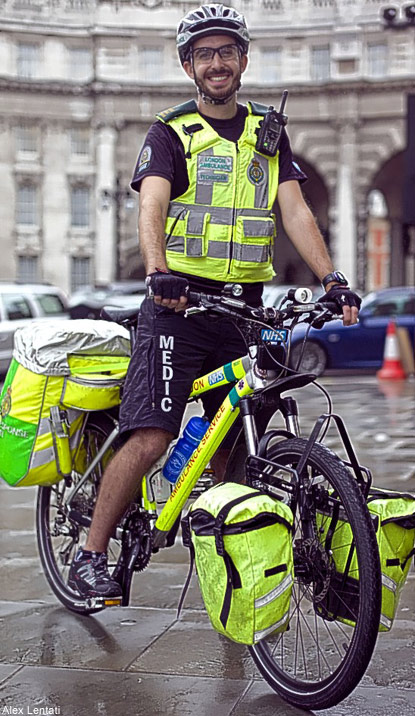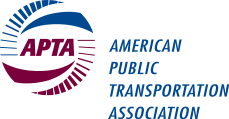(Source: APTA)
Have you ever wondered what is the key to a good health and long life – I knew that it has to be the public transport. Look at the Europeans — healthy & happy– riding their bikes, trains, trams, buses, etc. If you still don’t believe what I’ve said, you now have the proof.
The American Public Transportation Association (APTA) has released a report that explores ways that public transportation affects human health, and ways to incorporate these impacts into transport policy and planning decisions.
Evaluating Public Transportation Health Benefits, a study conducted for APTA by Todd Litman of the Victoria Transport Policy Institute aggregates the findings of several recent studies and concludes that people living in transit-oriented “smart growth” communities enjoy several health benefits, not seen in other communities, including residents drive less, exposing them to a lower risk of fatal vehicle accidents.
People who live or work in communities with high quality public transportation tend to drive significantly less and rely more on alternative modes (walking,cycling and public transit) than they would in more automobile-oriented areas. This reduces traffic crashes and pollution emissions, increases physical fitness and mental health, andprovides access to medical care and healthy food. These impacts are significant in magnitude compared with other planning objectives, but are often overlooked or undervalued inconventional transport planning.
Various methods can be used to quantify and monetize(measure in monetary units) these health impacts. This analysis indicates that improving publictransit can be one of the most cost effective ways to achieve public health objectives, and publichealth improvements are among the largest benefits provided by high quality public transit andtransit-oriented development.
Some of the key findings from the report are listed below:
- U.S. Center for Disease Control recommends that adults average at least 22 daily minutes of
- moderate physical activity, such as brisk walking, to stay fit and healthy. Although less than half
- of American adults achieve this target, most public transportation passengers do exercise the
- recommended amount while walking to and from transit stations and stops.
- The United States has relatively poor health outcomes and high healthcare costs compared with peers, due in part to high per capita traffic fatality rates and diseases resulting from sedentary living. Public transit improvements can improve health outcomes and reduce healthcare costs.
- Inadequate physical activity contributes to numerous health problems, causing an estimated
- 200,000 annual deaths in the U.S., and significantly increasing medical costs. Among physically able adults, average annual medical expenditures are 32% lower for those who achieve physical activity targets ($1,019 per year) than for those who are sedentary ($1,349 per year).




